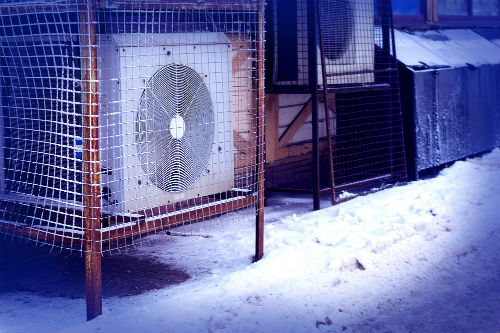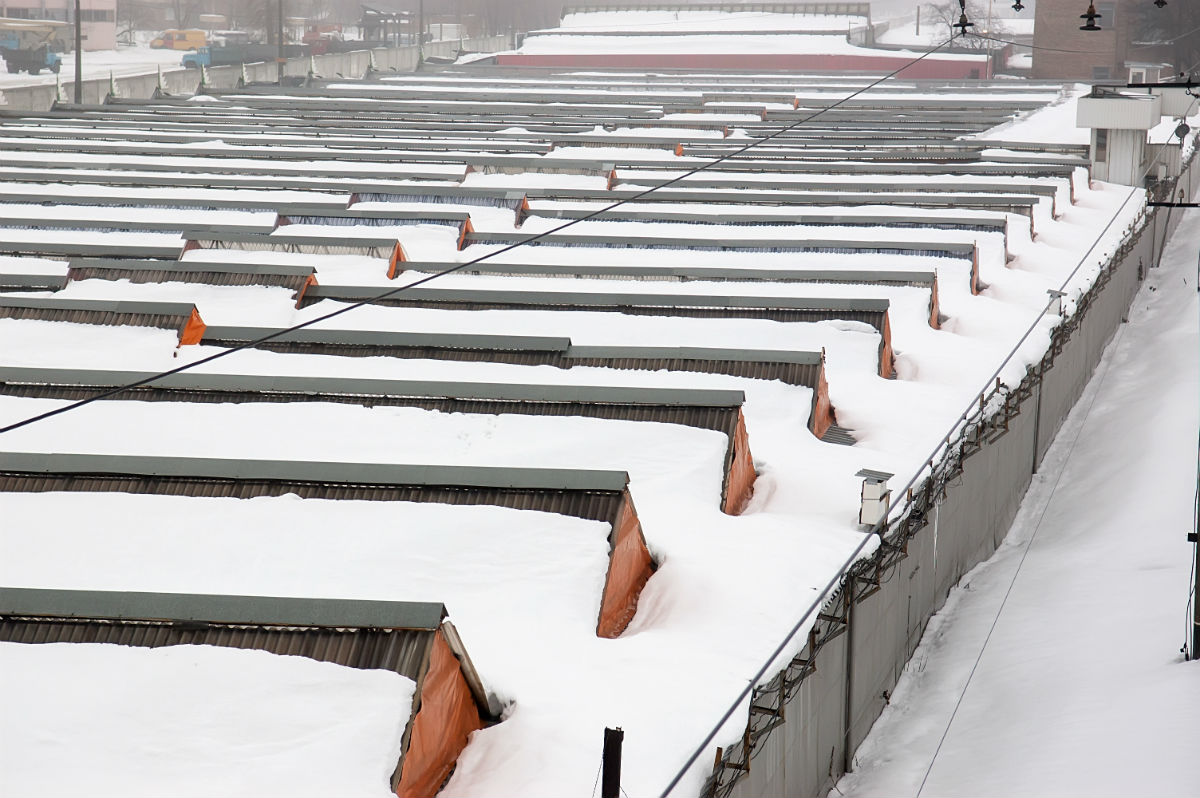The days are getting shorter and the mercury is dropping…signs that winter is just around the corner.
In addition to making sure the sprinkler system has been blown out and your winter coat inventory is up to snuff, how much attention have you given to making sure your commercial roof is ready for the colder weather ahead?
Where do you even start in winterizing a commercial roof? Are the professionals needed for this, or is it something you can do on your own?
Here at A-to-Z Roofing & Exteriors, we’ve helped Colorado business owners prepare for the worst that Mother Nature can dole out during the wintertime. This often includes winterizing commercial roofs, something that can go a long way in protecting the investment you’ve made in your commercial property.
The good news is that a professional roofing company isn’t always needed to winterize a commercial roof. If you have the necessary tools and help, getting your roof ready for the coming winter months is easily achieved with just a few hours of your time.
The Dangers of Ice Damming
Ice damming is one of the most common culprits of roof damage caused by winter weather. And, it’s not always understood by commercial property owners. When heavy rain or snow falls and then melts on the roof, it’s supposed to be channeled away from the roof through the roof’s rainwater management system (including gutters and downspouts). But, when warmer areas of the roof meet colder areas of the roof, the snowmelt or rainwater can quickly freeze, creating a barrier to effective drainage.
Furthermore, because water expands when it freezes, ice damming can rupture gutters, peel back flashing, and cause lifting and curling of roof shingles.
To prevent ice damming, there are two methods of preventative maintenance that can go a long way in protecting your commercial roof. They are gutter and downspout cleaning and sub-roof ventilation.
Gutter/Downspout Cleaning
Often something more reserved for residential buildings, gutter and downspout cleaning is essential for the protection of commercial roofs. If you have the right fall protection equipment and tools necessary for the job, a single afternoon could be all it takes to clean your gutters and downspouts.
If you do decide to do this yourself, be sure to wear thick gloves and a long-sleeve shirt, as gutter edges are notorious for being sharp (and even rusty, in some cases).
For more extensive jobs, don’t hesitate to call in the professionals!
Sub-Roof Ventilation
In the area of your commercial building located just below the roof, ventilation is important as a means of preventing ice damming.
If you haven’t done so already, conduct an evaluation of your ventilation system. Is your interior air volume being adequately distributed when your HVAC system operates? Any easy way to tell is if there are noticeable areas of precipitation melting outlined by borders of ice or snow on the roof.
To remedy this, consider installing roof-mounted fans or vents that will allow for a more consistent overall roof temperature.
Performing a Roof Inspection
Advice on how to winterize a commercial roof wouldn’t be complete without a mention of having a comprehensive roof inspection. For many commercial roofs in Colorado, a single trip to the rooftop with a trained roofing technician is all that is needed to get peace of mind for the coming winter season.

For flat roofs, be sure to look for areas of bubbling, warping, water ponding, or damaged membranes. For commercial roofs with shingles, wood shake, or stone tiling, keep an eye out for cracked, dislodged, or discolored shingles/tiles, and don’t put off any repairs for longer than you absolutely have to!
Remember that all it takes is a single significant rain or snow event to pose a serious threat to the most important defense system your commercial building has: the roof!
Monitor Your Roof after the First Snowfall
Having an early bout of snowfall can be a big advantage for commercial building owners, as it can serve as an indicator of how well the commercial roof is performing.
Some questions to ask after the snowfall include:
- Is the fresh snow melting consistently across the roof?
- Is the resulting runoff water being channeled through the rain management system as it should?
- Are there any potentially dangerous accumulations of snow or ice near the perimeter of the roof?
- Are there areas of the roof (including awnings) that are bending or buckling under the pressure of snow accumulation?
Remember, if you need help addressing a roof issue this Fall, A-to-Z Roofing & Exteriors is just a phone call away. Contact us today for a free no-obligation estimate.
Here’s to a safe, secure 2020 Winter season!

